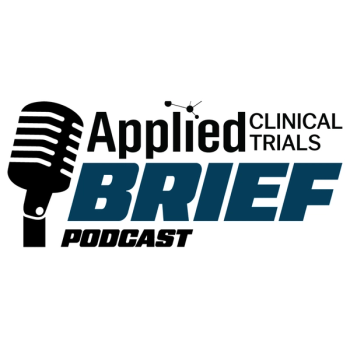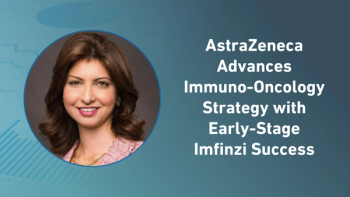
- Applied Clinical Trials-09-01-2001
The Clinical Audit in Pharmaceutical Development
Michael R. Hamrell, PhD, Ed., (Drugs and Pharmaceutical Sciences, volume 104, Marcel Dekker, New York, 1999), 224 pages, hardcover, ISBN 0-8247-0309-X, $135.
Michael R. Hamrell, PhD, Ed., (Drugs and Pharmaceutical Sciences, volume 104, Marcel Dekker, New York, 1999), 224 pages, hardcover, ISBN 0-8247-0309-X, $135.
In recent years, clinical audits have become a subject of vital importance to all those involved in pharmaceutical development. As few books have so far been written on this topic, the editor requested a group of experts to address the current issues and trends in the validation and auditing of clinical trials. Divided into nine chapters, this volume provides a comprehensive, state-of-the-art review of both fundamental and methodological aspects of the clinical audit and is a good reference for all those interested in this area. This book will be of special interest to actual and future auditors, but it will also be useful to those responsible for clinical development.
The first chapter, written by the editor, introduces the clinical development process, to put audit into perspective. The second, by Tammala Woodrum, Diana B. Lee, and Jon R. Wallace, gives a nice historical overview of drug regulations, demonstrating that controlling medical research is an evolving process. In fact, regulations for medical research are changing so rapidly that some of the books references are already obsolete. Still, this chapters careful comparison of FDA and ICH GCP guidelines is useful.
The third chapter is dedicated to source documentation. Vernette J. Molloy and Douglas R. Mackintosh ably explain the reasons for adequate source documents. The examples of GCP-compliant source documents and common deficiencies are very helpful.
In chapter 4, Richard Kiernan gives a personal view of the role and organization of a quality assurance (QA) department. This chapter covers the planning and conduct of routine and for-cause audits, and promotes the idea that QA can offer a supplemental role in education and training.
Chapter 5, by Marijke Korteweg, describes how regulatory requirements and quality go hand-in-hand in international trials and need to be standardized for global use. This chapter will be a helpful reference for those who want to know the historical background of the regulatory framework. It also suggests how theory in this area can be put into practice.
Chapter 6 gives a comprehensive overview of all existing legislation on computer validation. However, the author, Tammala Woodrum, provides no practical guidelines on implementation.
Chapter 7, by Arthur M. Horowitz, explains the different types of FDA inspections and the most common findings. Unfortunately, he does not address inspections by European Health Authorities.
In chapter 8, Wendy Bohaychuk and Graham Ball analyze the audit findings of 378 investigator site audits. They review 38 items of GCP compliance, assessing and discussing differences between countries. Comparing countries in this way may lead to erroneous conclusions, irrelevant to the real issues in the audits. The authors themselves recognize that differences between countries are related to regulatory requirements, the product, and the standards set by the sponsor or CRO.
The last chapter, by Frank Wells, is dedicated to fraud and discusses how to prevent, detect, and investigate fraud.
Although different authors wrote the chapters, the overlap is limited. The only jarring note is that not all authors respected the International Conference on Harmonisation (ICH) GCP terminology. In spite of the shortcomings mentioned, this book may prove useful to both novice and veteran auditors.
Kristel Van De Voorde is clinical auditor, worldwide regulatory compliance, Bristol-Myers Squibb Pharmaceutical Research Institute, Waterloo, Belgium.
Articles in this issue
about 24 years ago
Connecting at the Connectathonabout 24 years ago
Patient Demands vs. Product Developmentabout 24 years ago
EU Proposes Authorization Changesabout 24 years ago
FDA Warning Lettersabout 24 years ago
What a Form 483 Really Meansabout 24 years ago
Effective Invvestigator Meetingsabout 24 years ago
Randomized Controlled Trialsabout 24 years ago
A New Challange for Central Laboratoriesabout 24 years ago
Domenico Criscuoloabout 24 years ago
Monitoring Where Others Take HolidaysNewsletter
Stay current in clinical research with Applied Clinical Trials, providing expert insights, regulatory updates, and practical strategies for successful clinical trial design and execution.





.png)



.png)



.png)
.png)
